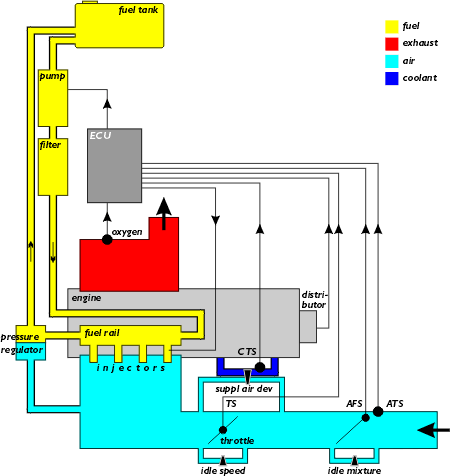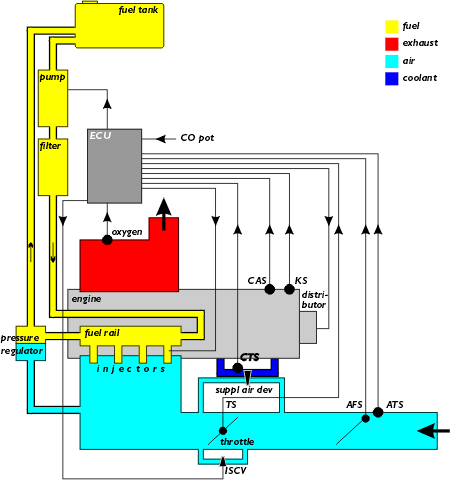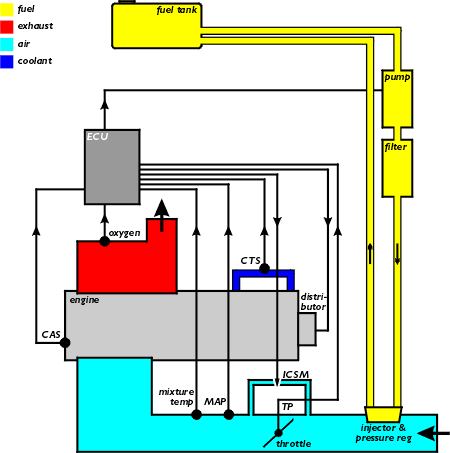Finding the cause of overheating
Check the coolant fluid level on a cold engine. If it is low, especially if you have a coolant leak, you might have found the problem right away. Otherwise, start with checking the fuses #1 and #4 on Series II models or #5 on the older ones. If they are OK, put your finger on the leftmost relay behind the fuses; when you turn the ignition on (don't start the engine), it should click. If it doesn't, replace it.



